Focus on User Experience
In the Cemetery Software Market, there is an increasing emphasis on user experience. Software providers are prioritizing intuitive interfaces and user-friendly designs to ensure that cemetery staff can navigate the systems with ease. This focus on user experience is crucial, as it directly impacts the efficiency of operations and customer satisfaction. Recent surveys indicate that organizations that invest in user-friendly software report higher employee productivity and lower training costs. As the Cemetery Software Market evolves, companies that prioritize user experience are likely to gain a competitive edge, attracting more clients who seek efficient and effective management solutions.
Rising Demand for Customization
The Cemetery Software Market is experiencing a rising demand for customization in software solutions. Cemetery operators are increasingly seeking tailored software that meets their specific operational needs and preferences. This trend is driven by the diverse requirements of different cemeteries, which may vary based on size, location, and services offered. Customizable software allows for greater flexibility and adaptability, enabling operators to implement features that align with their unique workflows. As the market evolves, software providers that offer customizable solutions are likely to attract more clients, thereby enhancing their market position within the Cemetery Software Market.
Shift Towards Cloud-Based Solutions
The Cemetery Software Market is currently witnessing a significant shift towards cloud-based solutions. This transition is driven by the need for enhanced accessibility and flexibility in managing cemetery operations. Cloud-based software allows cemetery administrators to access critical data from anywhere, facilitating better decision-making and operational efficiency. According to recent data, the cloud segment is expected to grow at a compound annual growth rate of over 15% in the coming years. This growth indicates a strong preference for scalable and cost-effective solutions within the Cemetery Software Market. As more organizations recognize the benefits of cloud technology, the demand for cloud-based cemetery management systems is likely to increase.
Integration of Advanced Technologies
The Cemetery Software Market is experiencing a notable shift towards the integration of advanced technologies such as artificial intelligence and machine learning. These technologies enhance operational efficiency by automating various processes, including data management and customer interactions. For instance, AI-driven analytics can provide insights into customer preferences, enabling cemetery operators to tailor their services accordingly. The adoption of such technologies is projected to increase, as they not only streamline operations but also improve the overall user experience. As a result, the Cemetery Software Market is likely to witness a surge in demand for solutions that incorporate these advanced technologies, potentially leading to a more competitive landscape.
Regulatory Compliance and Data Security
The Cemetery Software Market is increasingly influenced by the need for regulatory compliance and data security. As data breaches become more prevalent, cemetery operators are compelled to adopt software solutions that ensure the protection of sensitive information. Compliance with local regulations regarding data handling and privacy is paramount, and software providers are responding by enhancing their security features. The market is expected to see a rise in demand for solutions that not only meet regulatory standards but also provide robust data security measures. This trend indicates a growing awareness among cemetery operators of the importance of safeguarding their data, which could drive innovation within the Cemetery Software Market.


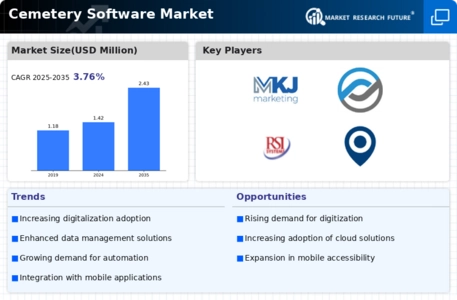
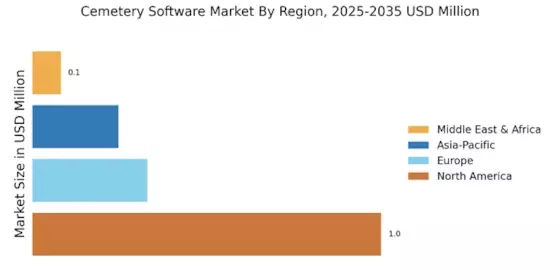
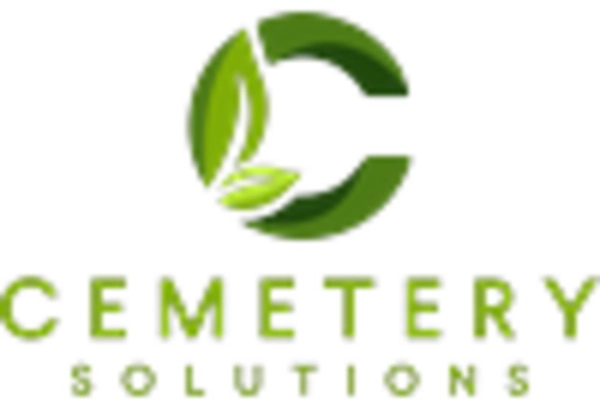
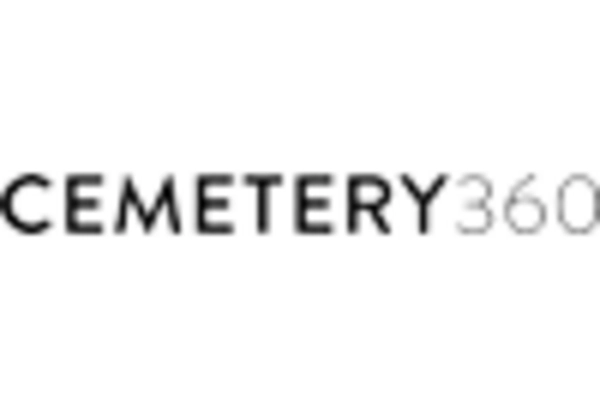


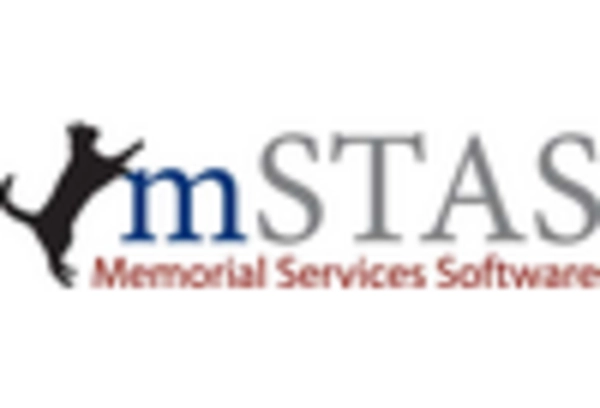









Leave a Comment